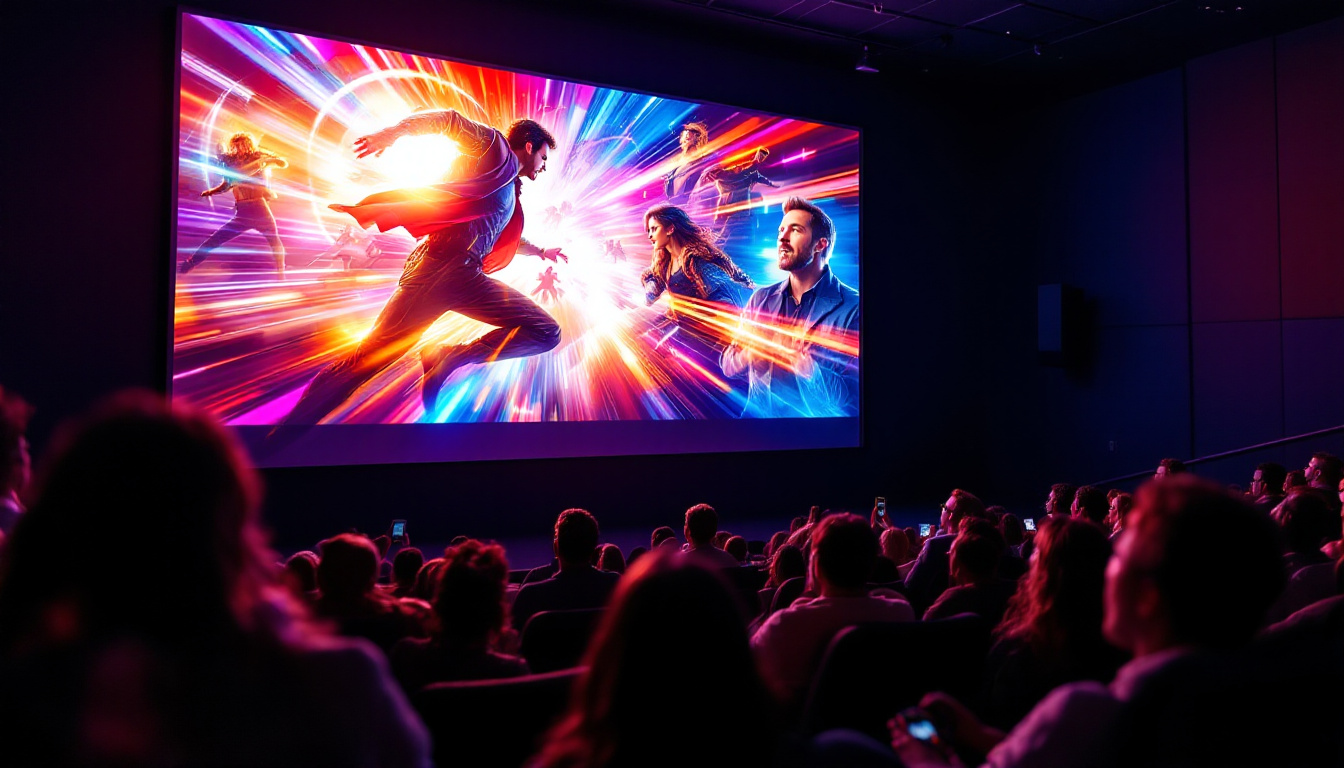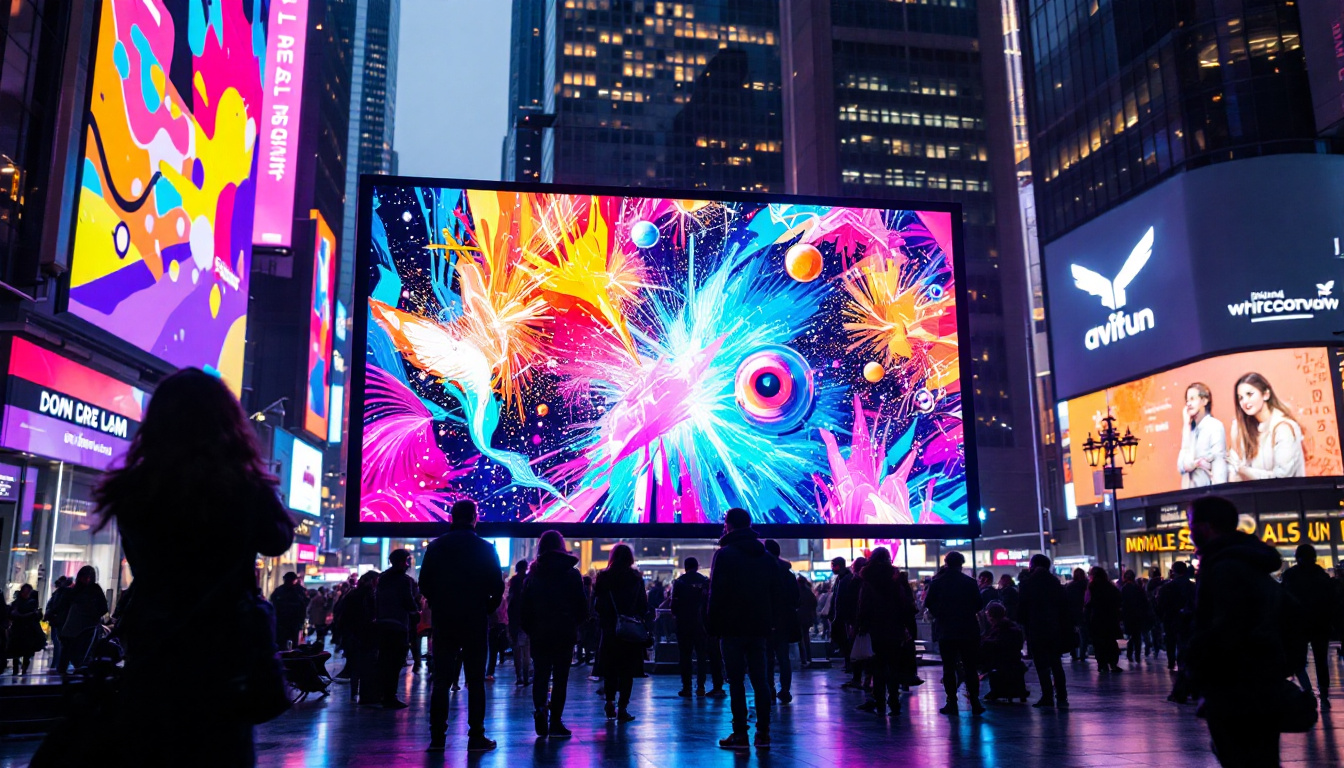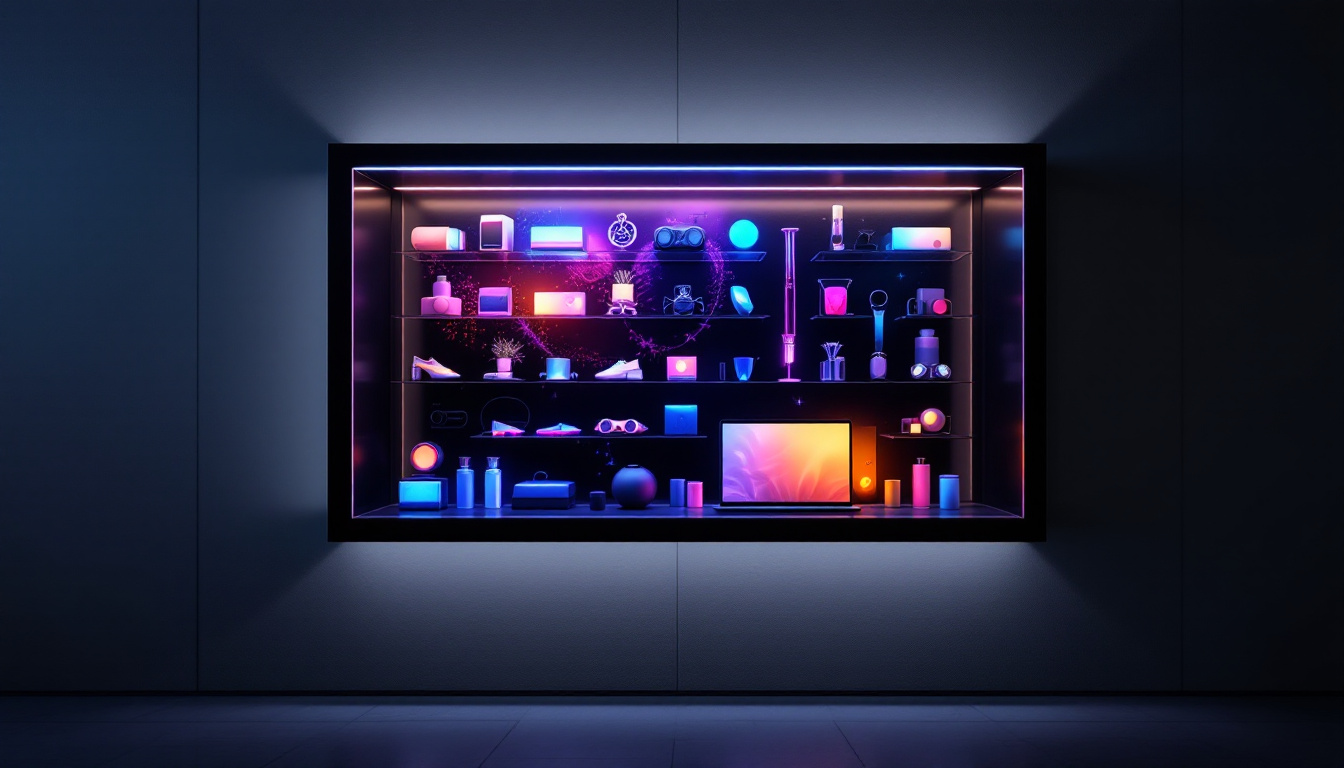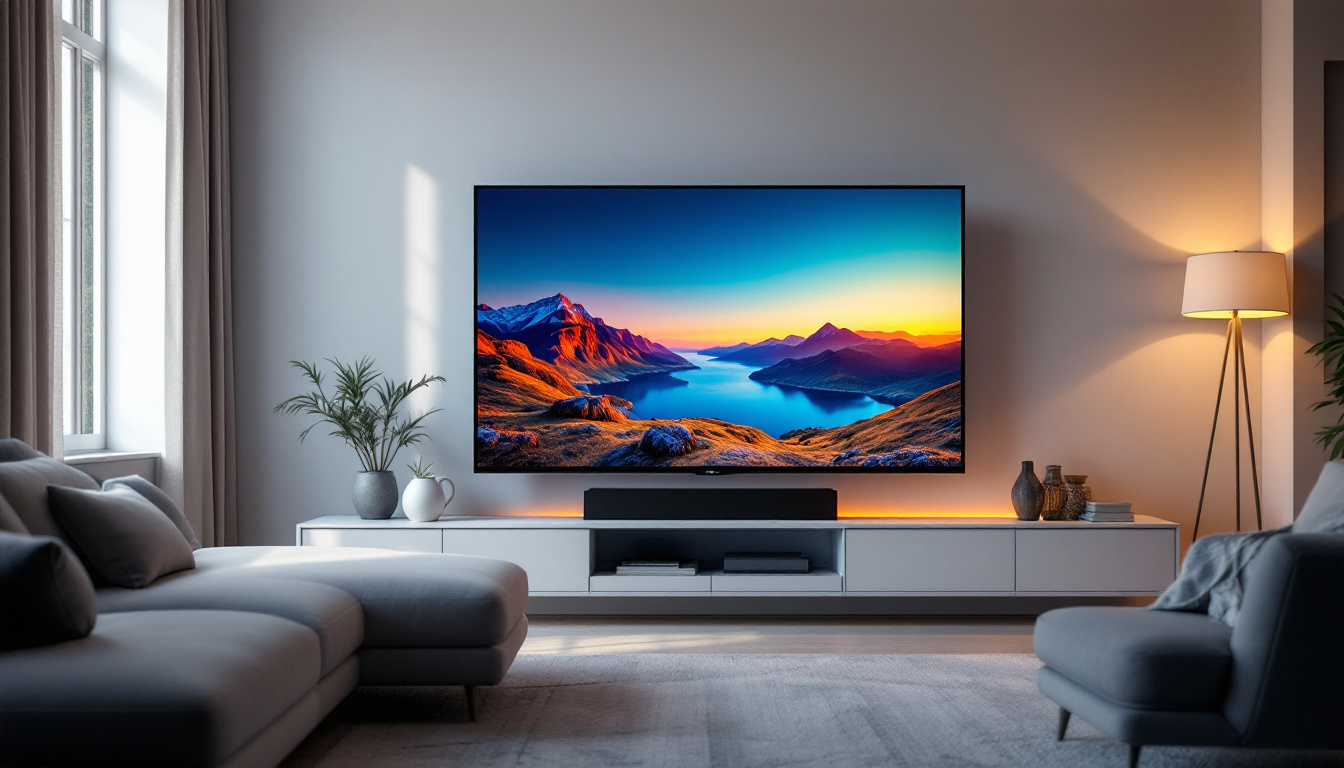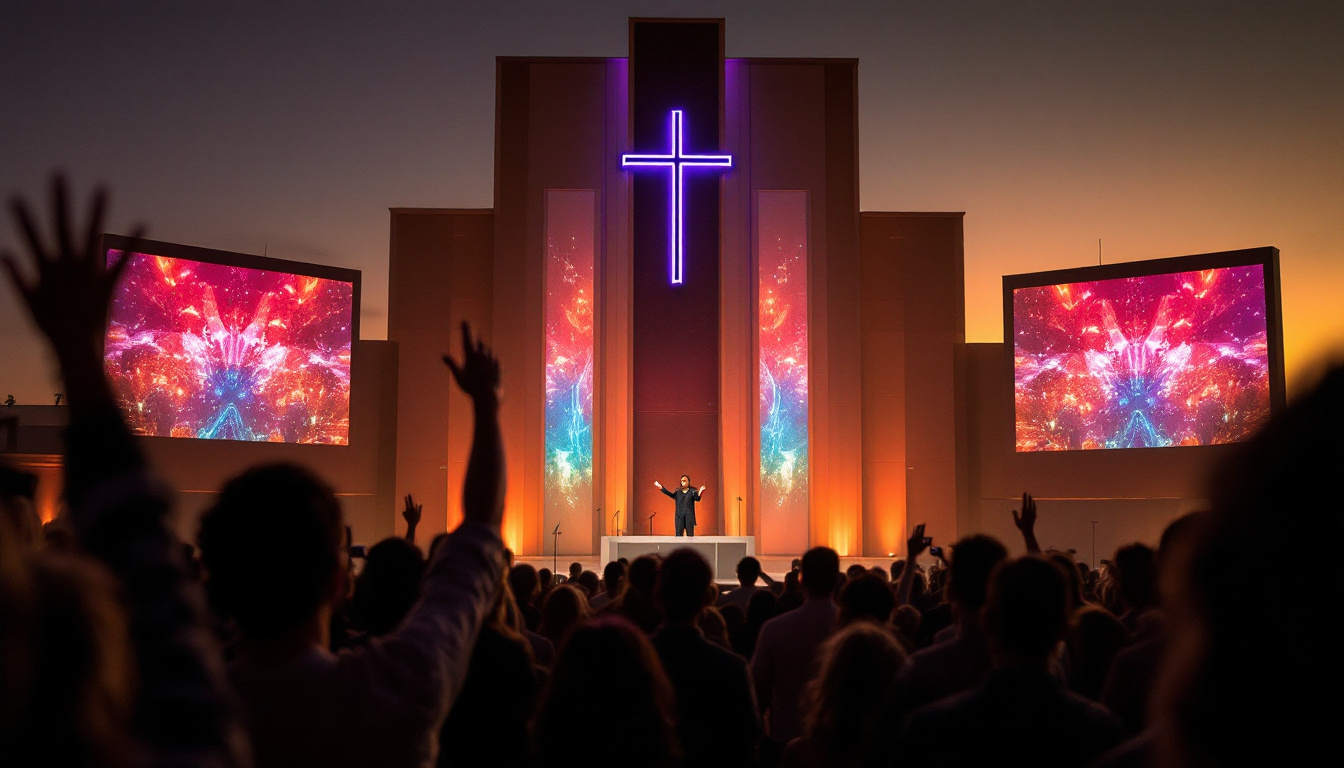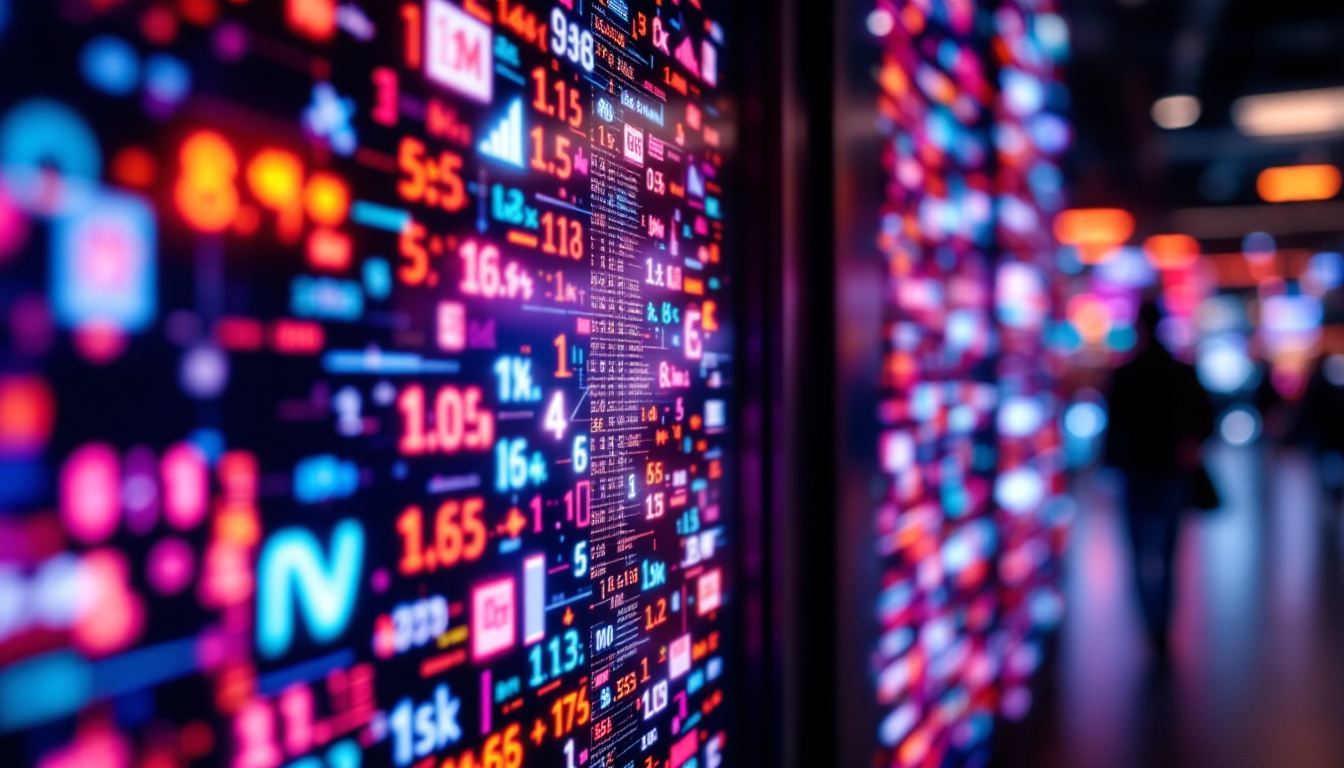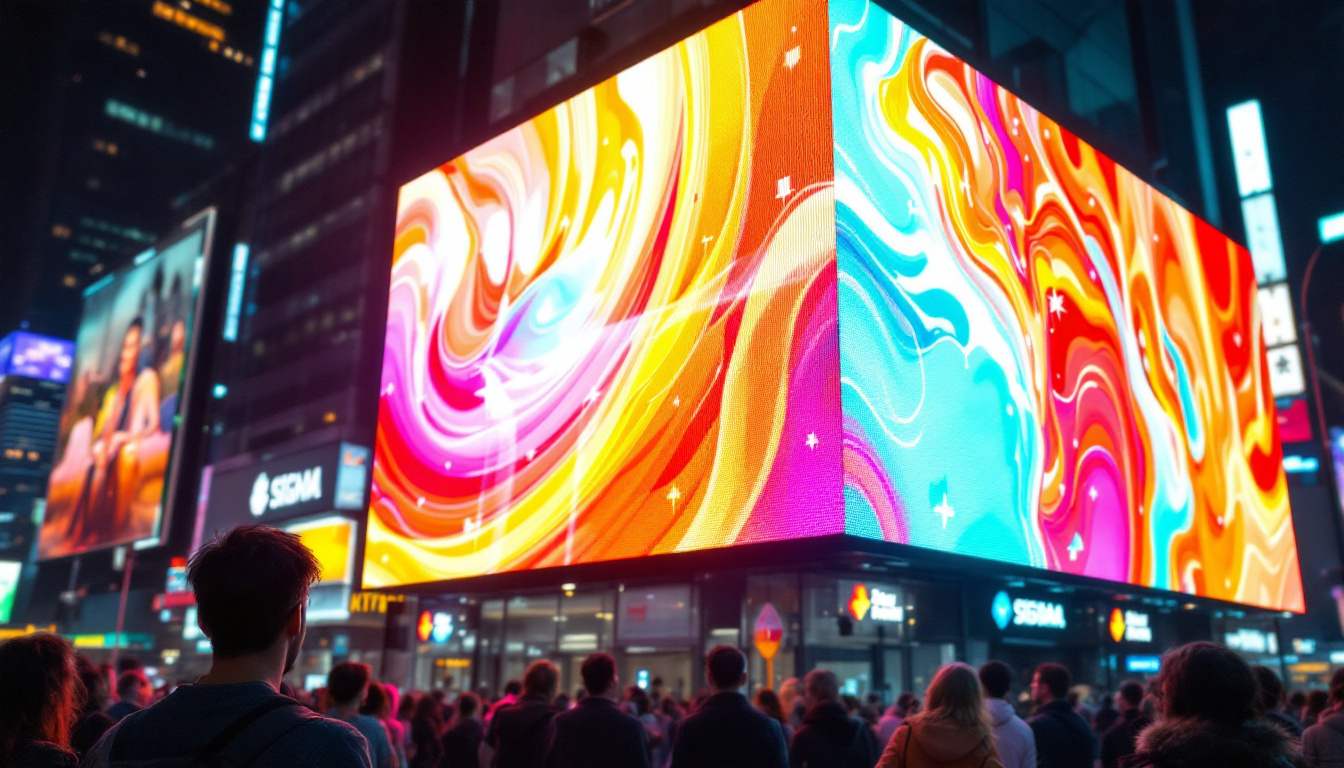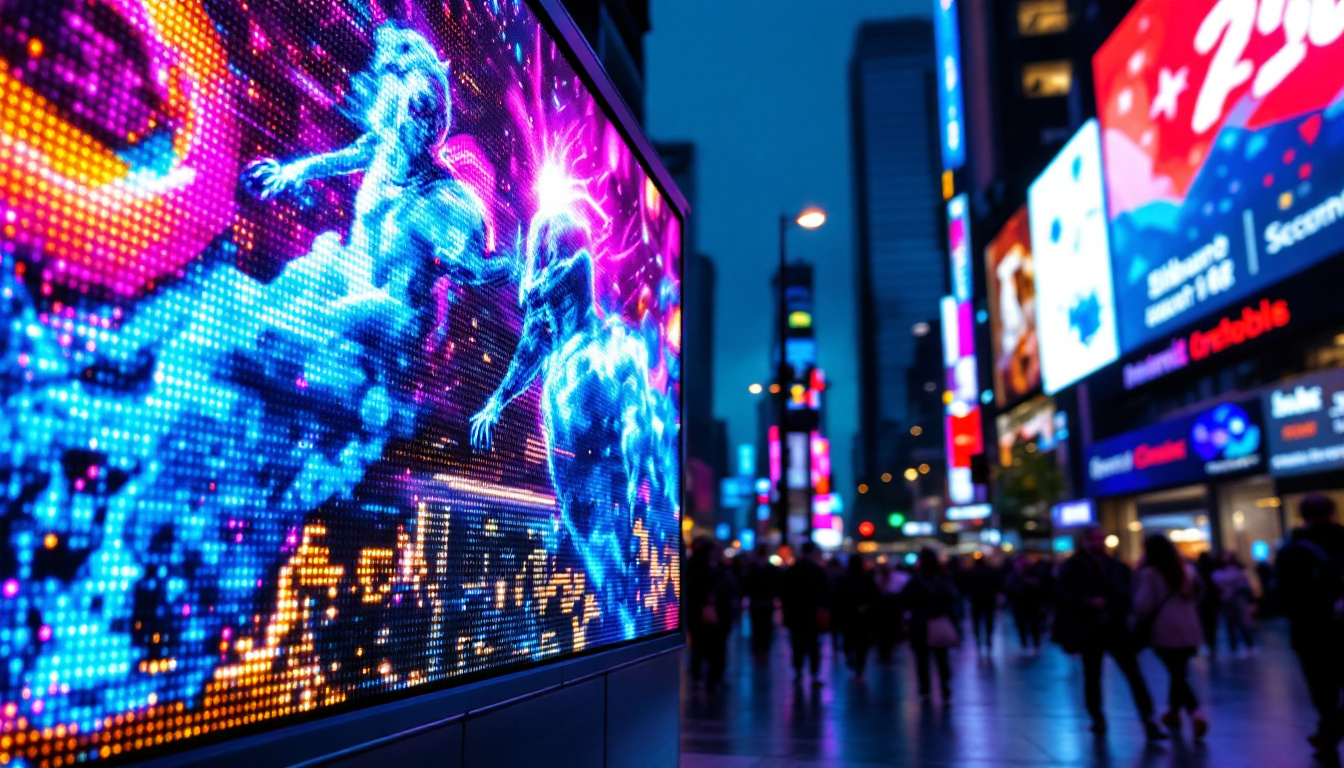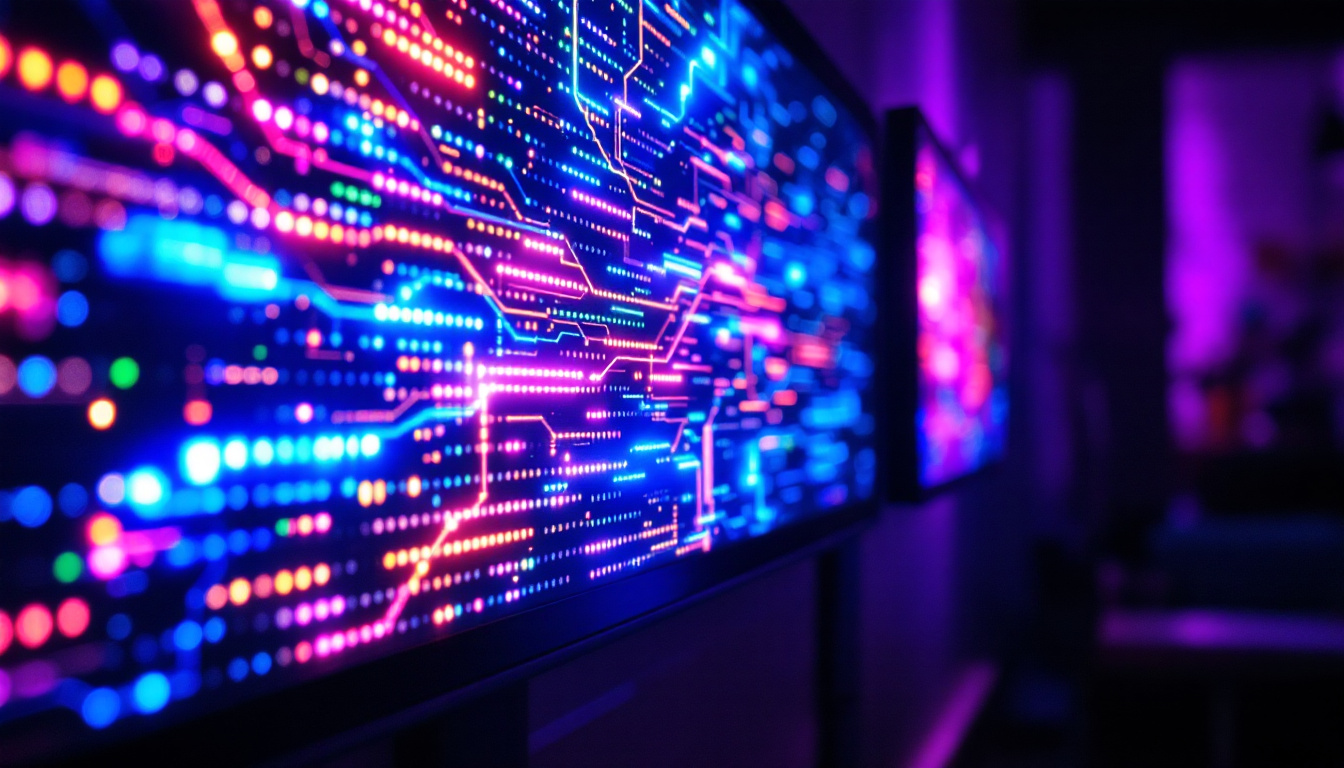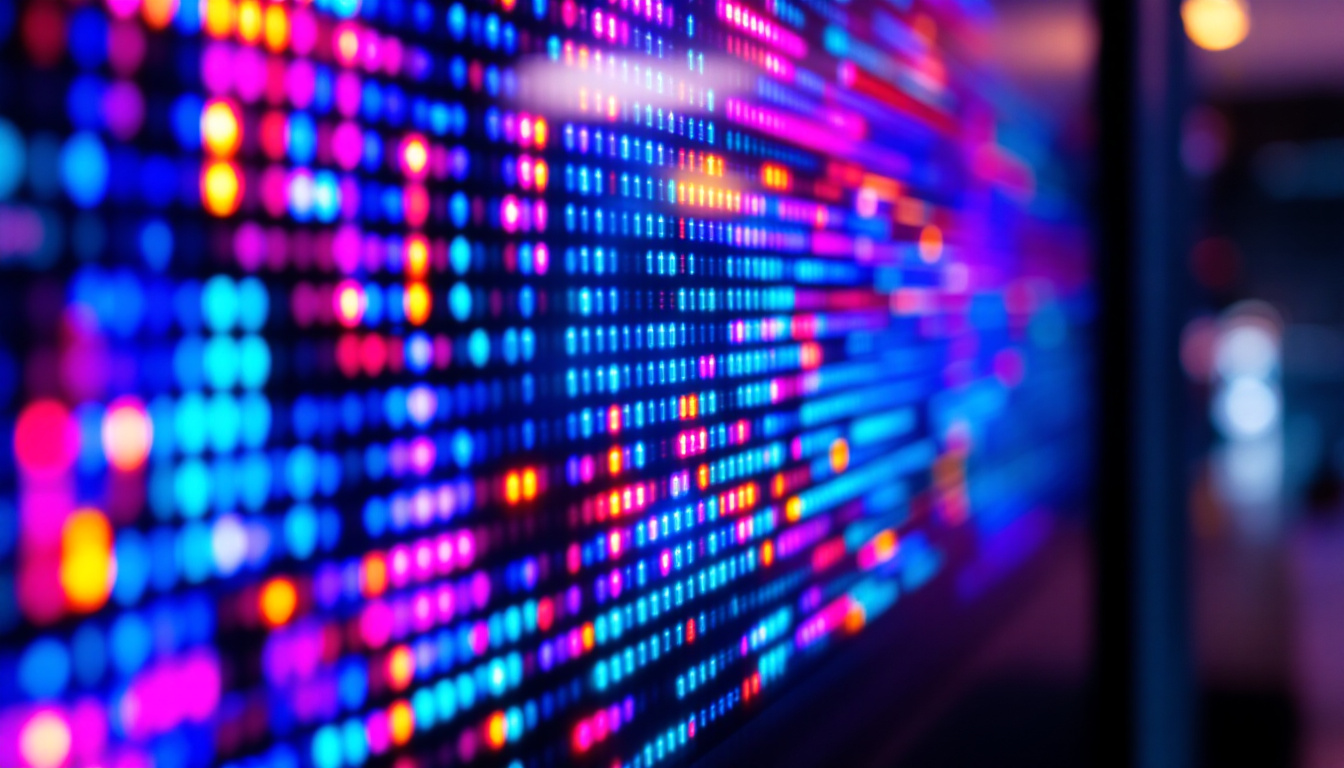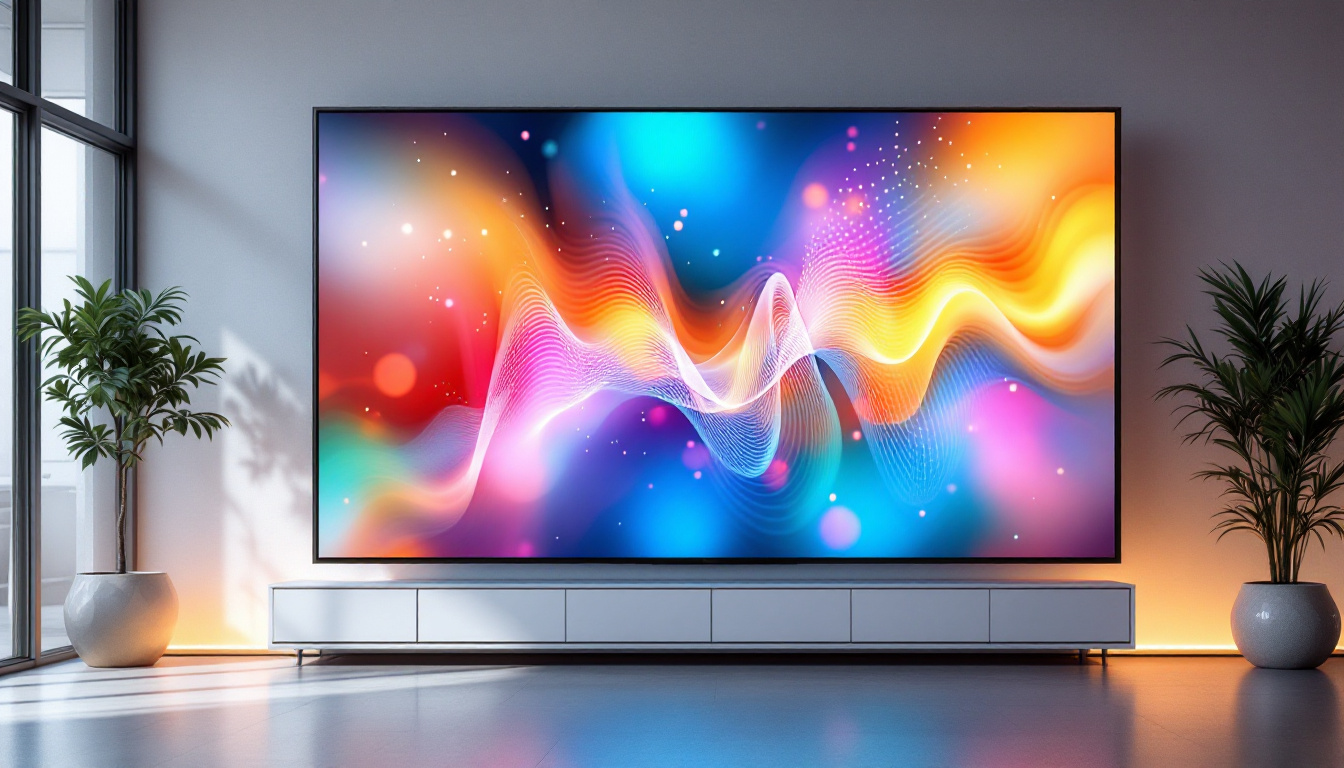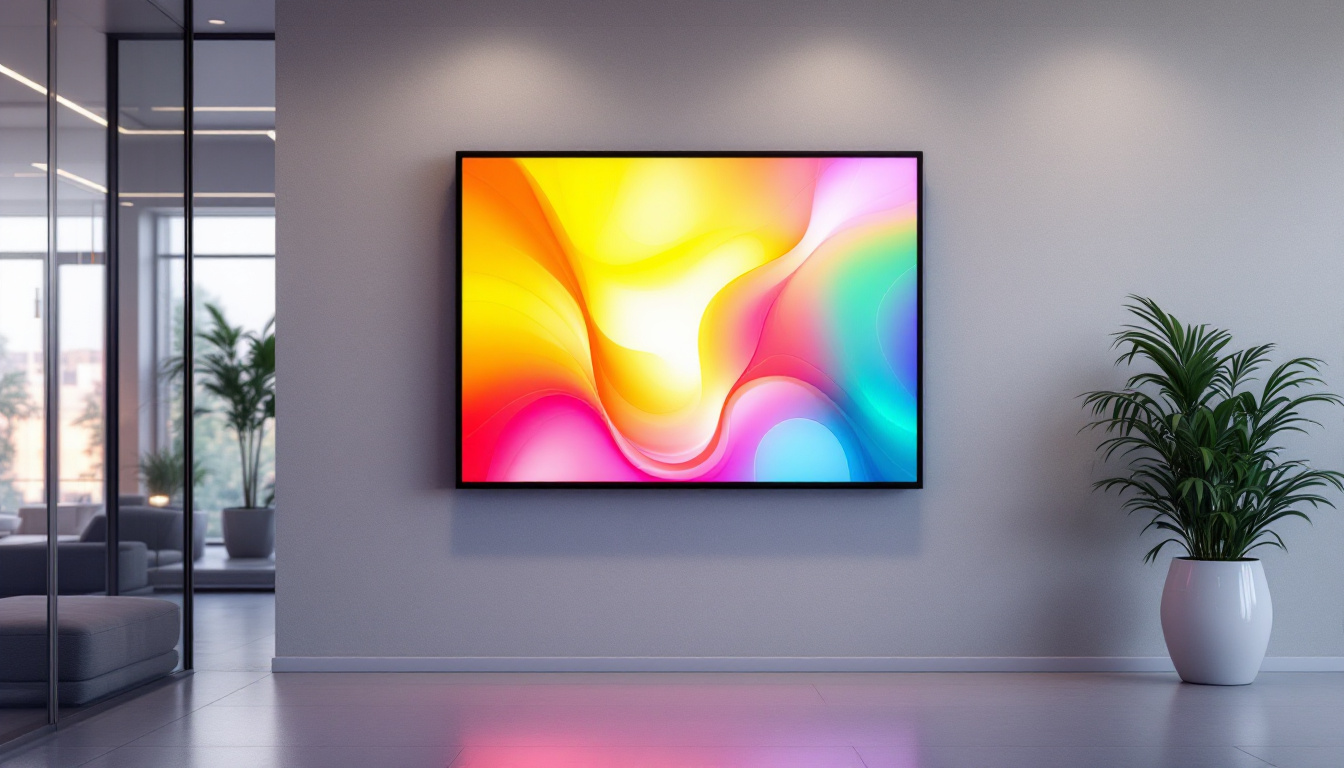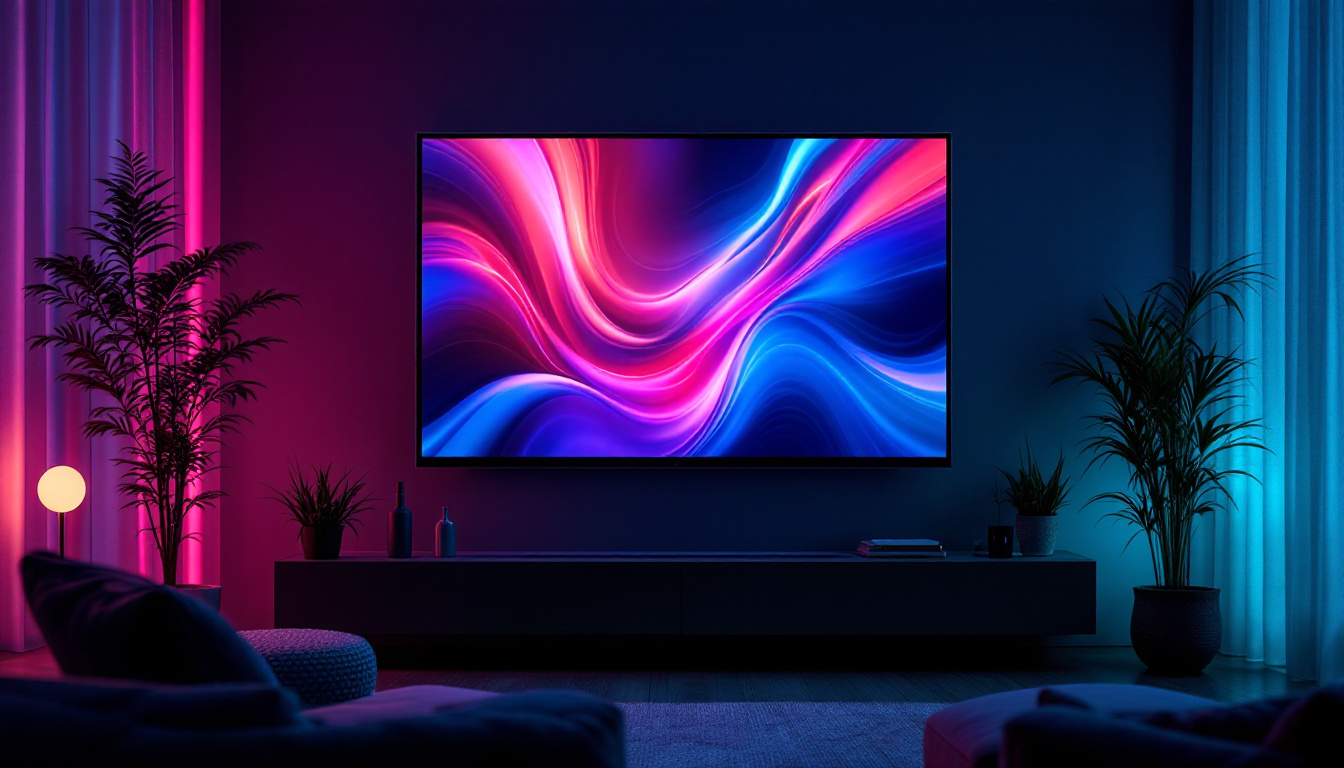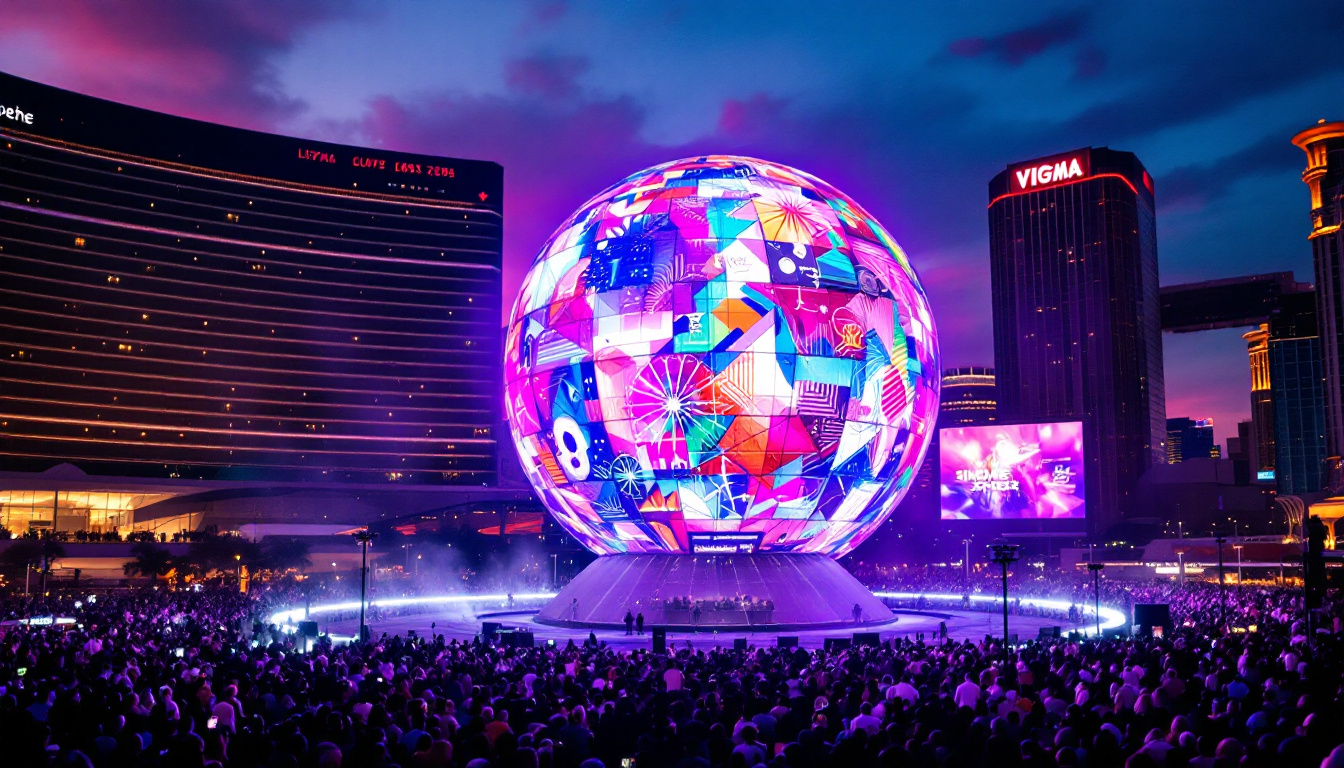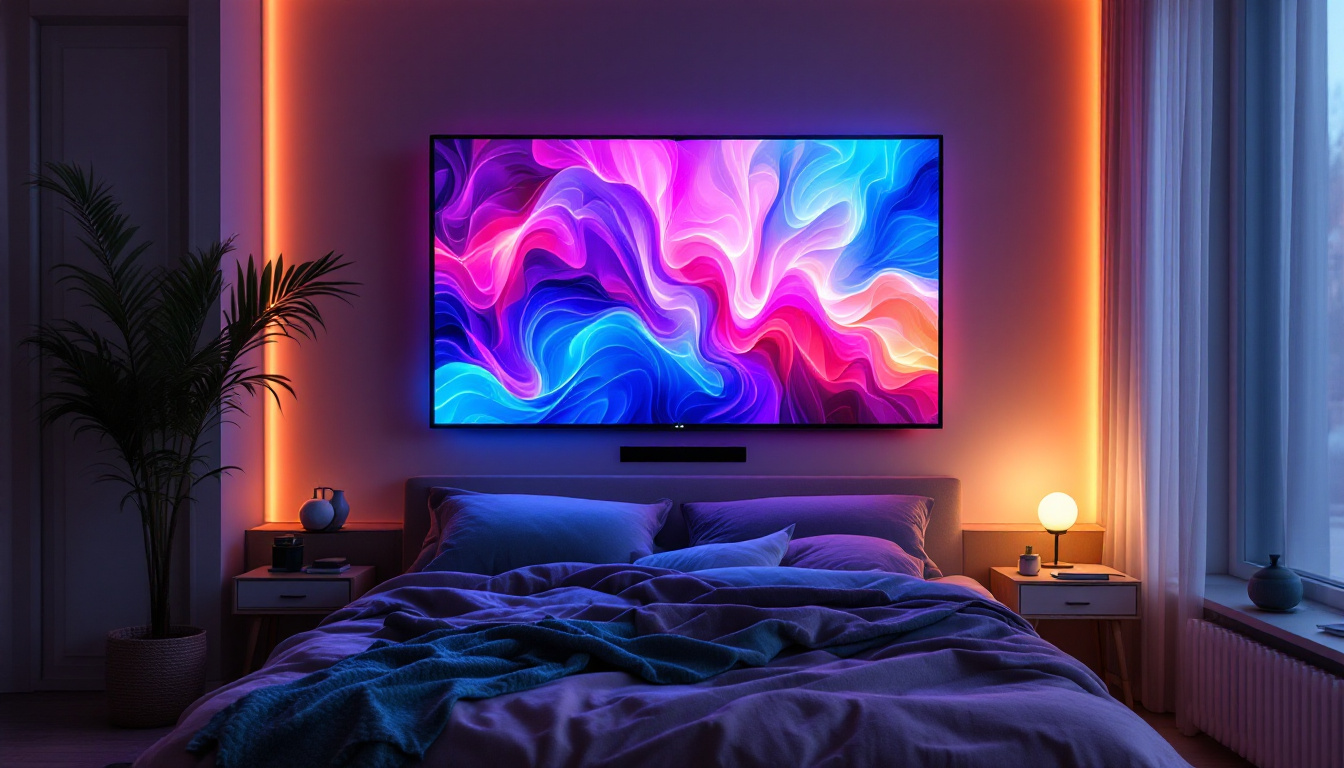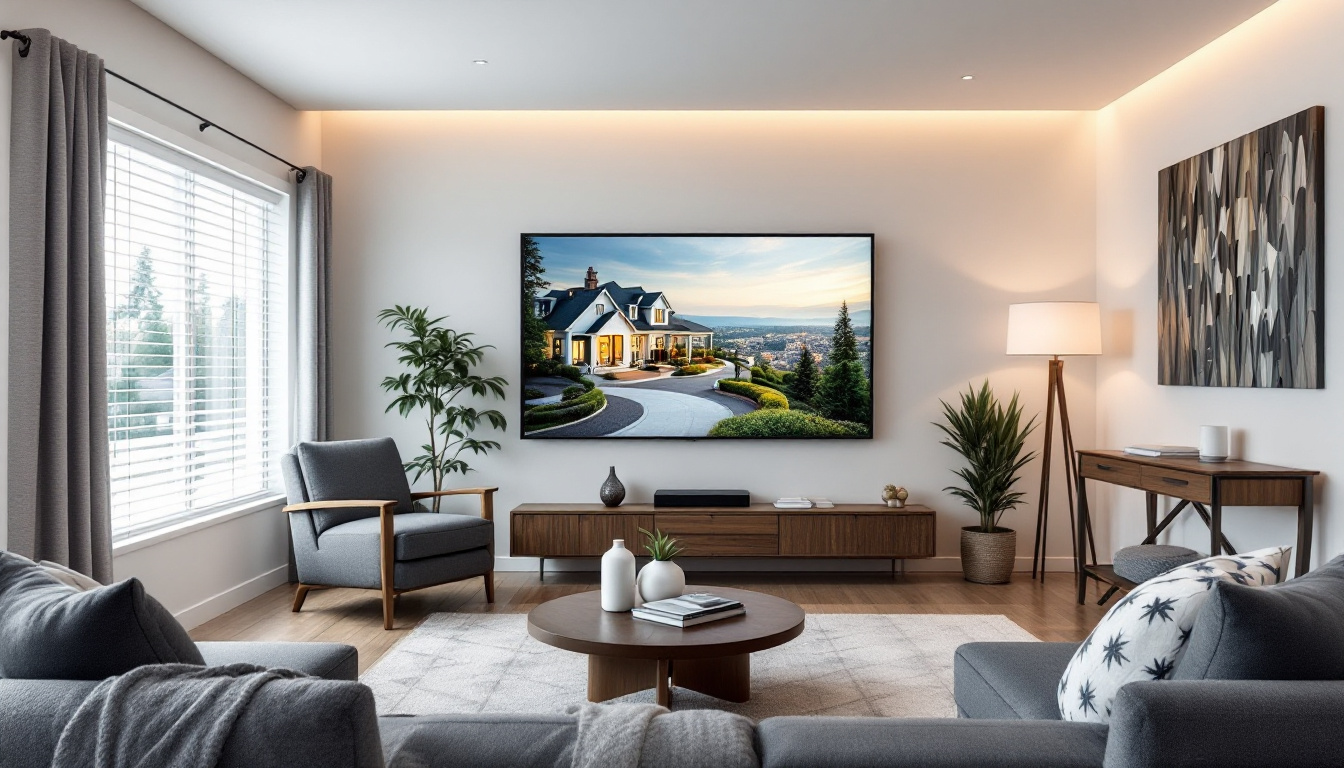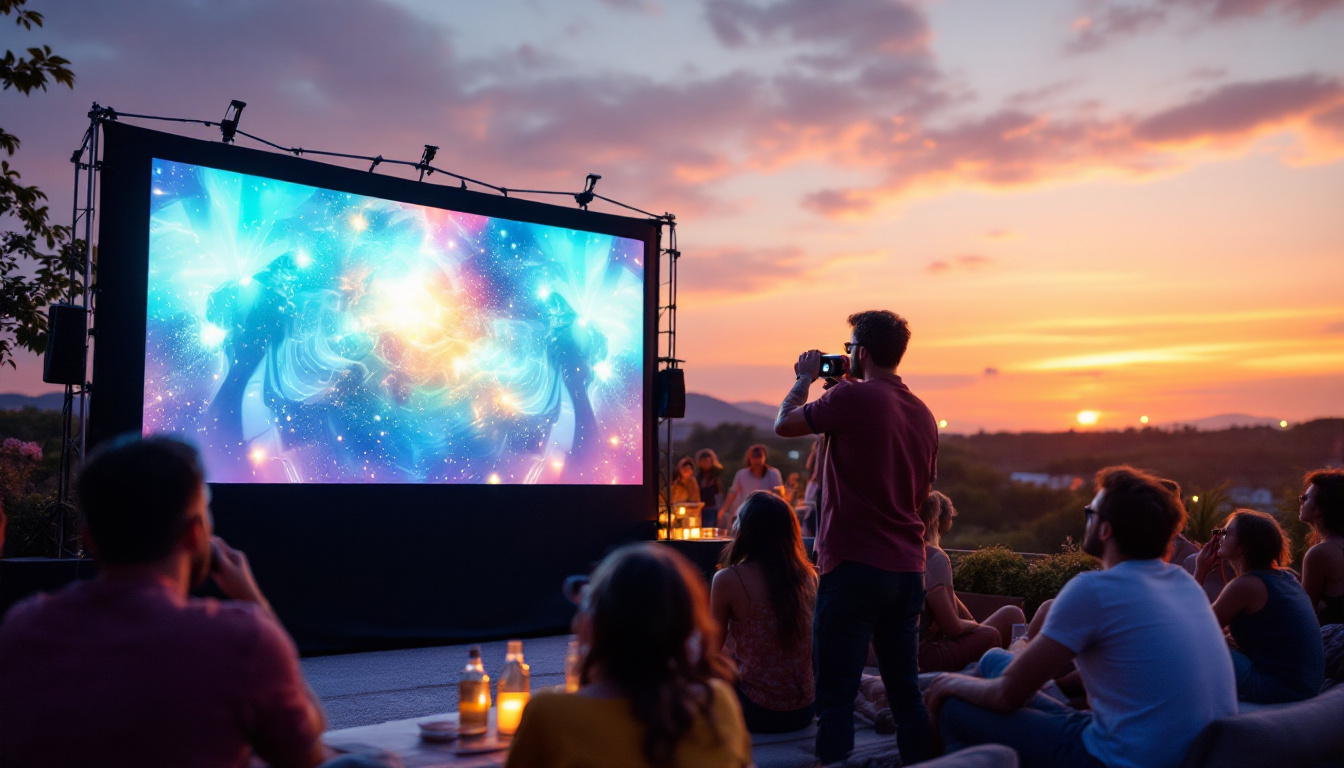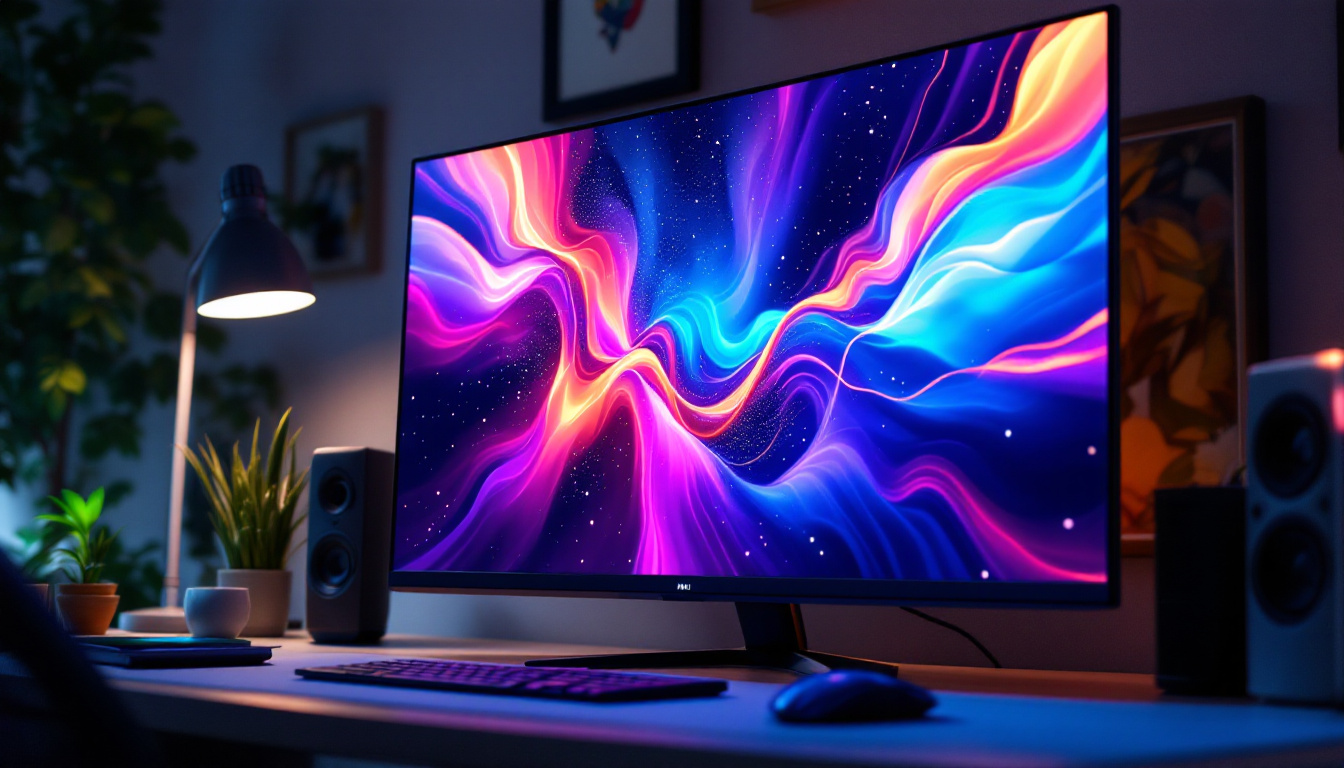The world of technology is constantly evolving, and one of the most exciting advancements in recent years is the development of transparent LED displays. These innovative screens not only provide stunning visuals but also blend seamlessly into their surroundings, creating a futuristic aesthetic that captivates audiences. This article delves into the intricacies of transparent LED displays, exploring their technology, applications, and future potential.
Understanding Transparent LED Technology
Transparent LED displays are a remarkable fusion of light-emitting diodes (LEDs) and transparent materials. This combination allows for the creation of screens that can display vibrant images while remaining see-through. The technology behind these displays is both complex and fascinating, involving several key components.
The Basics of LED Technology
At the heart of transparent LED displays is the LED technology itself. LEDs are semiconductor devices that emit light when an electric current passes through them. Unlike traditional displays, which require a solid backing to show images, transparent LEDs utilize a grid of tiny light-emitting diodes arranged in a way that allows light to pass through. This setup not only enables transparency but also enhances the display’s brightness and color vibrancy.
Moreover, the advancements in LED technology have led to the development of more efficient and compact diodes. This means that manufacturers can create displays that are not only transparent but also thinner and lighter than ever before. The result is a sleek, modern look that fits perfectly into contemporary design aesthetics. These developments have made transparent LED displays increasingly popular in various applications, from retail environments to architectural installations, where they can blend seamlessly into their surroundings while providing dynamic content.
How Transparency is Achieved
The transparency of these displays is achieved through a combination of factors, including the arrangement of the LEDs, the materials used, and the overall design. Transparent LED displays typically use a mesh-like structure, which allows for significant light transmission while still providing the necessary visual output. This design is crucial for maintaining the balance between visibility and transparency.
Additionally, the materials used in the construction of these displays play a vital role. Many transparent LED screens utilize glass or acrylic substrates that are inherently clear, further enhancing the see-through effect. As technology progresses, new materials are being explored to improve the performance and durability of these displays. For instance, innovations in nanotechnology are leading to the development of ultra-thin films that can be integrated into the display layers, providing even greater clarity and resilience against environmental factors. This ongoing research not only aims to enhance the visual quality but also to reduce energy consumption, making transparent LED displays more sustainable for long-term use.
Applications of Transparent LED Displays
Transparent LED displays are not just a technological marvel; they also have a wide range of applications across various industries. Their unique characteristics make them particularly suited for environments where aesthetics and functionality must coexist.
Retail and Advertising
One of the most prominent applications of transparent LED displays is in the retail sector. Stores are increasingly using these screens to showcase products while maintaining an open and inviting atmosphere. For example, a transparent display can be mounted in a shop window, allowing passersby to see both the merchandise behind the screen and the promotional content being displayed.
This dual functionality not only enhances the shopping experience but also attracts more customers. Retailers can utilize these displays for dynamic advertising, showcasing videos or animations that draw attention without obstructing the view of the products. The transparency of the display creates an engaging visual experience that traditional advertising methods simply cannot match.
Architectural and Interior Design
In the realm of architecture and interior design, transparent LED displays are revolutionizing the way spaces are utilized. Architects are incorporating these screens into building facades, allowing for stunning visual effects that can change with the time of day or the season. This innovative use of technology can transform a mundane structure into a dynamic piece of art.
Inside buildings, transparent displays can be used as partitions or decorative elements, providing information or entertainment without compromising the open feel of the space. For instance, a transparent display can serve as a digital art installation in a lobby, creating an immersive experience for visitors while still allowing them to see through to the other side.
Transportation and Public Spaces
Transparent LED displays are also making their mark in transportation and public spaces. Airports, train stations, and bus terminals are beginning to adopt these screens for wayfinding and informational purposes. By integrating transparent displays into the architecture of these facilities, operators can provide real-time updates and advertisements without cluttering the environment.
Moreover, the use of transparent displays in public spaces can enhance the overall aesthetic, making areas more visually appealing while still serving a functional purpose. This trend is likely to continue as cities and transportation hubs strive to create more engaging and informative environments for travelers.
The Future of Transparent LED Displays
The future of transparent LED displays looks promising, with ongoing advancements in technology and increasing adoption across various sectors. As manufacturers continue to innovate, several trends are emerging that could shape the future of this technology.
Enhanced Performance and Resolution
One of the primary areas of development for transparent LED displays is in performance and resolution. As technology evolves, manufacturers are working to create displays with higher pixel densities, resulting in sharper images and more vibrant colors. This enhancement will make transparent displays even more appealing for applications that require high-quality visuals, such as advertising and entertainment.
Additionally, improvements in energy efficiency are also on the horizon. The push for sustainable technology is leading to the development of displays that consume less power while still delivering exceptional performance. This focus on sustainability will likely drive the adoption of transparent LED displays in various industries.
Integration with Smart Technology
Another exciting trend is the integration of transparent LED displays with smart technology. As the Internet of Things (IoT) continues to expand, the potential for these displays to interact with other devices and systems is becoming increasingly feasible. Imagine a transparent display that can change its content based on the time of day, weather conditions, or even the preferences of individuals nearby.
This level of interactivity could revolutionize how information is presented and consumed, making transparent LED displays not only visually striking but also incredibly functional. The future may see these displays becoming integral components of smart cities, enhancing communication and connectivity in urban environments.
Broader Adoption Across Industries
As awareness of the capabilities of transparent LED displays grows, it is likely that more industries will begin to adopt this technology. Beyond retail and architecture, sectors such as healthcare, education, and entertainment are poised to benefit from the unique advantages offered by transparent displays.
In healthcare, for instance, transparent displays could be used for patient information systems, allowing medical staff to access vital data without obstructing their view of the patient. In education, these displays could enhance learning experiences by providing interactive content in classrooms or lecture halls.
Challenges and Considerations
While the future of transparent LED displays is bright, there are still challenges and considerations that must be addressed. Understanding these obstacles is crucial for manufacturers, designers, and end-users alike.
Cost and Accessibility
One of the primary challenges facing transparent LED displays is their cost. Currently, the technology is relatively expensive compared to traditional display options, which can limit its accessibility for smaller businesses or organizations. As production methods improve and economies of scale are realized, it is hoped that prices will decrease, making transparent displays more widely available.
Additionally, the initial investment required for installation can be a barrier for some. Businesses must weigh the potential benefits against the costs to determine if transparent LED displays are a viable option for their needs.
Durability and Maintenance
Another consideration is the durability and maintenance of transparent LED displays. While advancements in materials have improved the resilience of these screens, they are still susceptible to damage from environmental factors, such as extreme weather conditions or physical impacts.
Regular maintenance is essential to ensure optimal performance and longevity. This can involve cleaning the screens, checking for dead pixels, and ensuring that the underlying technology remains functional. Businesses must be prepared to allocate resources for maintenance to maximize the lifespan of their displays.
Regulatory and Safety Concerns
As with any emerging technology, regulatory and safety concerns must be addressed. Transparent LED displays must comply with local regulations regarding signage and advertising, which can vary significantly from one location to another. Additionally, considerations around electrical safety and the potential for glare or distractions in public spaces must be taken into account.
Manufacturers and users alike must remain informed about these regulations to ensure that their installations are compliant and safe for the public.
Conclusion
Transparent LED displays represent a fascinating intersection of technology and design, offering a glimpse into the future of visual communication. Their ability to blend seamlessly into environments while delivering stunning visuals makes them an attractive option for a wide range of applications.
As advancements continue to unfold, the potential for transparent LED displays is vast. With enhanced performance, integration with smart technology, and broader adoption across industries, these displays are poised to become an integral part of the modern landscape.
While challenges remain, the ongoing innovation in this field is likely to overcome these obstacles, paving the way for a future where transparent LED displays are commonplace. As technology progresses, the possibilities are limited only by imagination, and the world is eager to see what comes next.
Discover the Future of Visual Communication with LumenMatrix
Ready to elevate your space with the cutting-edge technology of transparent LED displays? LumenMatrix is at the forefront of this innovative field, offering a diverse array of LED display solutions tailored to your unique needs. From mesmerizing Indoor LED Walls to dynamic Outdoor Displays and beyond, our mission is to transform your visual communication with unparalleled clarity and impact. Don’t just imagine the future—experience it today. Check out LumenMatrix LED Display Solutions and join the revolution in digital signage.


